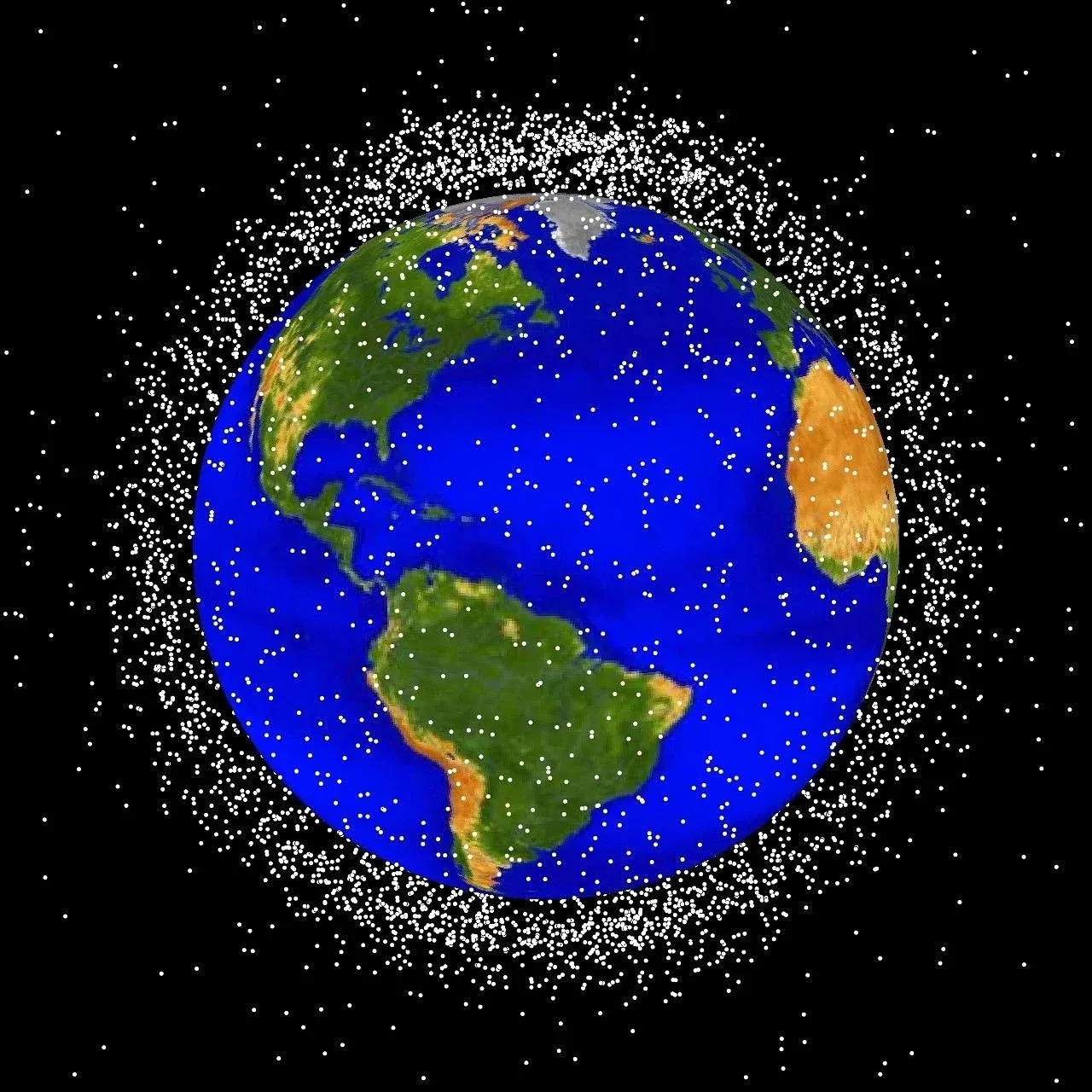October 4, 1957, Sputnik 1 became the first Artificia object in space. A year later it burned up and entered earth's atmosphere leaving behind the first piece of space debris, it's R-7 rocket body.
As we continue to push the boundaries of space exploration, we're faced with a daunting reality: the accumulation of space debris. This trail of junk, comprising defunct satellites, rocket parts, and other human-made objects, poses a significant threat to our satellites, spacecraft, and even human life. The consequences of inaction are dire, and it's crucial we take responsibility for our actions in Space

The statistics are staggering. Over 500,000 pieces of debris larger than 1 cm are orbiting Earth, waiting to cause catastrophic collisions. 20,000 tracked debris pieces are like ticking time bombs, ready to unleash chaos. And, 100-150 metric tons of debris enter Earth's atmosphere annually, posing risks to our planet. This debris not only endangers our technological advancements but also contaminates our
Imagine losing communication with loved ones due to debris-damaged satellites. Envision the devastating consequences of a debris-induced spacecraft disaster. Just icture the environmental harm caused by toxic debris contaminating our oceans and atmosphere, its quite detrimental.
As we push the boundaries of space exploration, we must confront the debris legacy. By designing sustainable spacecraft, adopting responsible practices, and collaborating globally, we can create a safer, more sustainable future for Planet earth and all objects orbiting it.

All images were gotten from pixabay